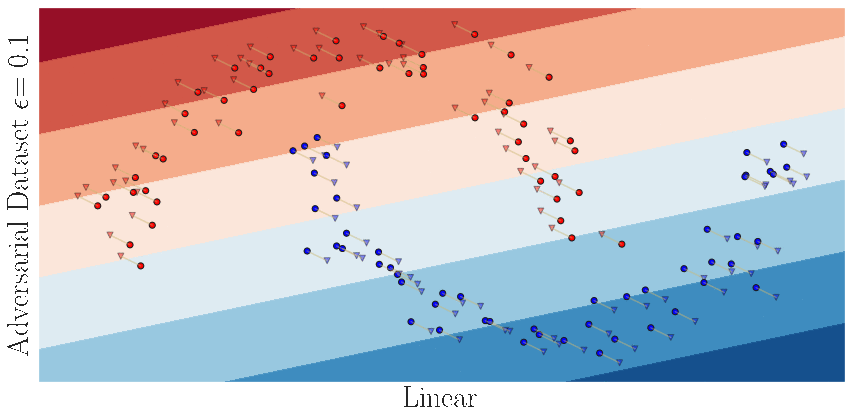Adversarial Example Games
The existence of adversarial examples capable of fooling trained neural network classifiers calls for a much better understanding of possible attacks to guide the development of safeguards against them. This includes attack methods in the challenging non-interactive blackbox setting, where adversarial attacks are generated without any access, including queries, to the target model. Prior attacks in this setting have relied mainly on algorithmic innovations derived from empirical observations (e.g., that momentum helps), lacking principled transferability guarantees. In this work, we provide a theoretical foundation for crafting transferable adversarial examples to entire hypothesis classes. We introduce Adversarial Example Games (AEG), a framework that models the crafting of adversarial examples as a min-max game between a generator of attacks and a classifier. AEG provides a new way to design adversarial examples by adversarially training a generator and a classifier from a given hypothesis class (e.g., architecture). We prove that this game has an equilibrium, and that the optimal generator is able to craft adversarial examples that can attack any classifier from the corresponding hypothesis class. We demonstrate the efficacy of AEG on the MNIST and CIFAR-10 datasets, outperforming prior state-of-the-art approaches with an average relative improvement of $29.9\%$ and $47.2\%$ against undefended and robust models (Table 2 & 3) respectively.
PDF Abstract NeurIPS 2020 PDF NeurIPS 2020 Abstract
